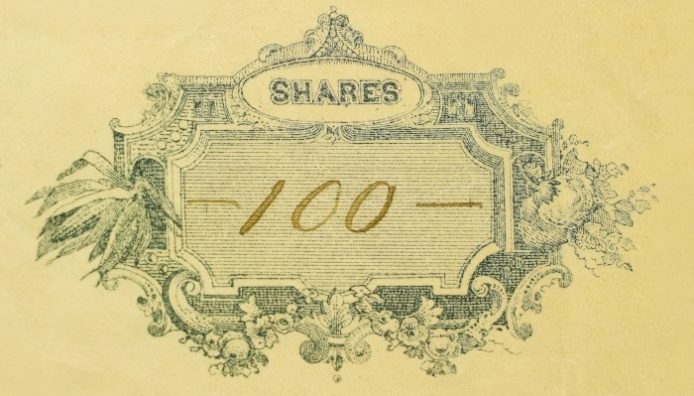
Ind AS 102 will bring much needed uniformity in valuation and accounting of share-based benefits. However, the cost for the affected companies is likely to increase significantly.
What Ind AS 102 is all about?
Ind AS 102 prescribes financial reporting in respect of share-based benefits and is relevant for companies which remunerate their employees by share-based (or stock option) schemes, such as Employee Stock Options (ESOP), Share Appreciation Rights (SAR), Phantom Equity, Share Purchase Plans (SPP) etc. A brief introduction of these schemes is provided in the white paper at the end of this post. Ind AS 102 can be accessed here.
How are share-based benefits accounted currently?
Currently, there is no accounting standard that deals specifically in the accounting of share-based benefit schemes. Guidance Note No 18 (GN 18) issued by the Institute of Chartered Accountants of India (ICAI) provides ‘guidance’ on how these schemes should be treated, but it does not have the force of an accounting standard. Consequently, many companies that run material stock option schemes do not make any disclosure or allowance in respect of these schemes.
The Securities and Exchange Board of India (SEBI) mandates that all listed companies that run stock option schemes, should follow and make disclosures as per GN 18.
Guidance Note No. 18
GN 18 is currently the most authoritative framework for accounting of share-based schemes. In a nutshell, it prescribes the following:
- Method to be followed for valuing the options given to employees
- How the value of the options should be recognised as an expense
- Information to be disclosed in the financial statements
The first point, the method of valuation of stock options, is an important one. GN 18 recommends that the options should be valued using a ‘fair value’ method, but allows use of a simpler ‘intrinsic value’ method.
The full text of GN 18 can be accessed here.
Cost of an option at any time t, under intrinsic value method is:
IV = S(t) – K
where S(t) is the share price (the underlying security) on which the option is conditional, and K is the exercise price of the option.
Intrinsic value is simply the difference between two observable quantities and does not require any complex models for calculations.
The fair value of an option is:
C = IV + TV
where TV is what is referred to as the ‘time value’ of the option. The calculation of time value can get complex and usually one of the following three methods are used:
- Black-Scholes formula
- Binomial method
- Monte Carlo method
These methods are described in more detail in this post.
A large proportion of the companies that actually follow GN 18, actually use the intrinsic value method, which understates the liability and expense as the time value is totally ignored. SEBI requires that the listed companies disclose the difference between the fair value and intrinsic value in notes to accounts, but the P&L statement per se, only allows for expense calculated using the intrinsic value method.
What will change with Ind AS 102?
1. Unvested options as at the date of transition will be covered under Ind AS 102
Even if the options were issued to employees prior to the date of transition to Ind AS, such schemes will still fall under the scope of Ind AS 102. However, Ind AS 101 provides ‘voluntary exemption’ to companies in respect of options that have vested before the transition date.
2. Intrinsic value method cannot be used
Unlike GN 18, Ind AS 102 does not provide an option to use the intrinsic value method and all companies will need to perform a fair valuation of the stock options. Clearly, this will increase the cost of the options and will lead to higher expense charges. The magnitude of impact will depend upon the type of stock options and prevailing market conditions. Refer to this post to learn about the methods which can be used for fair valuation of stock options.
3. The entity whose employees receive the options will recognise the cost
Currently, it is not clear which entity would recognise the cost for stock options which are sponsored by another group entity. Some companies were able to avoid the costs of such plans on grounds that they didn’t have any obligation to settle these benefits. This ambiguity will be removed by Ind AS 102.
4. Trust accounts will be consolidated with company’s own accounts
So far, some companies were able to not consolidate the trust accounts with their own accounts, allowing them to take benefit of the transactions with the trust. This allowed them to avoid some of the costs associated with running the share plans. Under Ind AS 102, this flexibility will not exist.
Download our white paper on transitioning to Ind AS from an employee benefits perspective (Ind AS 19 and Ind AS 102):


December 19, 2017 at 2:43 pm, 3 methods for valuation of employee stock options • Numerica said:
[…] AS will affect companies running employee stock option schemes. These are described in more detail here. This post only focusses on methods to carry out fair […]
April 04, 2024 at 7:32 pm, ESOP and SAR: Ind AS 102 perspective • Numerica said:
[…] 4 ways in which Ind AS 102 can affect your company […]